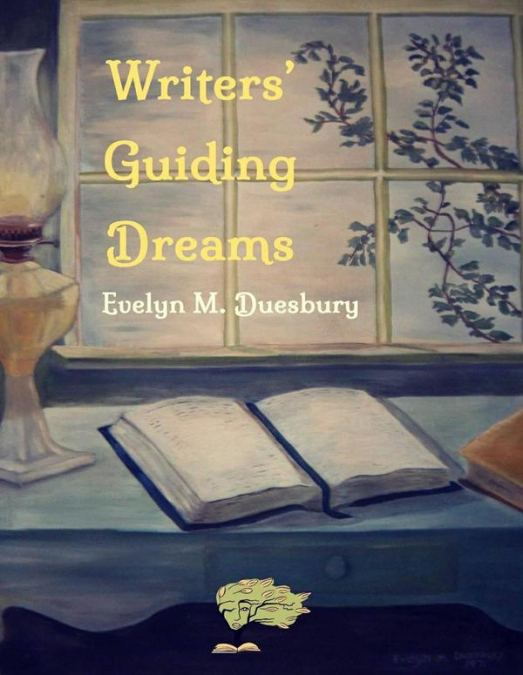
Evelyn M. Duesbury / Evelyn MDuesbury
The primary purpose of Writers’ Guiding Dreams is toencourage writers to use their nighttime dreams to guide their writings.Tips for beginning writers and tips for pathways to writing well openthe book. Pay attention to grammar; poor grammar overshadows goodcontent. Take breaks from intensive mental concentration to listen forcreative insights, resist pushing just to complete the final edits,and, stay relaxed and jolly, however busy you are.However busy you are can include attempts to completeone writing category before you go to the next. Forinstance, one dream titled “Dormant State” (June 2004)apprised the dreamer-writer of a long wait before she wouldcomplete her counselor education writings and could beginher work for the eventual A Dream-Guided Meditation Model andthe Personalized Method for Interpreting Dreams (Routledge, 2017)Edits are a major part of writing as Writers’ Guiding Dreams shows. Afew of the dream-guided edits in the book are:•Guided How to Reformat Table Rows for Compatibility with PersonalComputers•Data within the Computer That I have Been Unaware Of•Explain the Wilcoxon statistical test•Review the Six Personalized Method For Interpreting Dreams (PMID)Chapters One More Time•The Editors will Accept The Counselor’s Guide Manuscript with noMajor Exceptions•An Edit is Needed in a Reference List•One Word Needs to be Italicized•Inscription for the Book CoverRoderick Mackenzie, Janice Baylis, and Ann Hollier share dreams inone chapter of the book. One dream guided Mackenzie to write, NightJourney, a novel. One dream guided Baylis to write Sleep On It!, a bookon how dreams help dreamers in their daily lives. Hollier’s contributeddreams to this book includes a campaign letter for her cancer researchdonations.The best use of this book is first, study the book and then practice,practice, practice with a trustworthy model before attempting to useyour dreams to guide your writings. 10